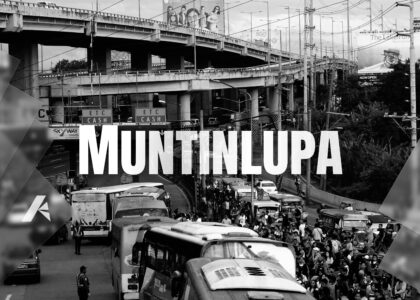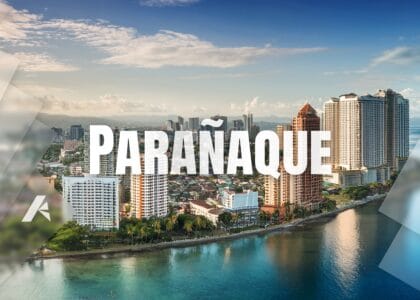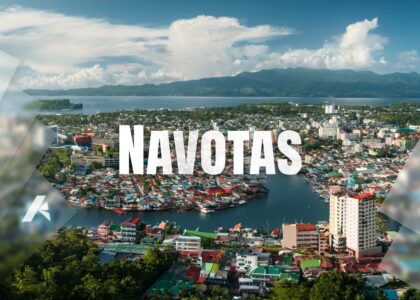🌆 Metro Manila: Overview
Metro Manila is the political, economic, cultural, and educational hub of the Philippines. It comprises 16 cities and 1 municipality. It was formally established as a metropolitan area in 1975 through Presidential Decree No. 824 under then-President Ferdinand Marcos, with the creation of the Metro Manila Commission (MMC).
🏛️ Historical Development of Key Cities
1. Manila (History and Progress)
- Founded: June 24, 1571
- Historical Significance: Capital of the Spanish East Indies; center of the Manila-Acapulco Galleon Trade.
- Progress: Rebuilt after WWII destruction. Continues as the center of government, education (e.g., University of Santo Tomas), and heritage tourism (Intramuros, Rizal Park).
- Modern Challenge: Urban decay, congestion, and infrastructure pressure.
2. Quezon City (History and Progress)
- Founded: 1939 by President Manuel L. Quezon
- Purpose: Planned as the new capital of the Philippines (was official capital from 1948–1976)
- Progress: Now the most populous city in the Philippines. Hosts major government offices (House of Representatives), commercial hubs (Eastwood, UP Town), and educational institutions (UP Diliman).
- Known for: Green spaces like La Mesa Eco Park, and tech and media hubs.
3. Makati (History and Progress)
- Founded: 1670; became a city in 1995
- Historical Note: From a humble farming town to the financial capital of the Philippines
- Progress: Home to the country’s largest corporations, banks, embassies, and luxury residences. Ayala Center is a model of urban planning.
4. Taguig (History and Progress)
- Transformed from: Fishing and farming area to modern global city
- Progress: Bonifacio Global City (BGC) emerged in the early 2000s as a premier commercial and residential district.
- Modern Role: Tech and innovation hub; location of international schools, embassies, and corporate headquarters.
5. Pasig (History and Progress)
- Founded: 1573; old provincial capital of Rizal
- Progress: Ortigas Center developed into a major CBD. Pasig is undergoing modernization with green programs and digital governance.
- Known for: Urban reform under progressive mayors and flood control efforts.
6. Mandaluyong (History and Progress)
- Progress: Known as the “Tiger City”, transformed in the 1990s with high-rise condos and shopping malls (SM Megamall).
- Focus: Health institutions (like the National Center for Mental Health), business hubs, and transport access.
7. Parañaque & Las Piñas (History and Progress)
- Parañaque: Booming due to its proximity to Ninoy Aquino International Airport (NAIA) and Entertainment City (casinos, hotels).
- Las Piñas: Known for its history (Bamboo Organ) and rapid urban residential development.
8. Caloocan (CAMANAVA) (History and Progress)
- Historically industrial and residential areas.
- Facing challenges such as flooding, infrastructure gaps, and congestion.
- Valenzuela stands out for its industrial parks and e-governance progress.
9. Malabon (CAMANAVA) (History and Progress)
- Historically industrial and residential areas.
- Facing challenges such as flooding, infrastructure gaps, and congestion.
- Valenzuela stands out for its industrial parks and e-governance progress.
10. Navotas (CAMANAVA) (History and Progress)
- Historically industrial and residential areas.
- Facing challenges such as flooding, infrastructure gaps, and congestion.
- Valenzuela stands out for its industrial parks and e-governance progress.
10. Valenzuela (CAMANAVA) (History and Progress)
- Historically industrial and residential areas.
- Facing challenges such as flooding, infrastructure gaps, and congestion.
- Valenzuela stands out for its industrial parks and e-governance progress.
📈 Recent Progress & Trends
- Infrastructure Boom: Projects under “Build Build Build” and now “Build Better More” (e.g., Metro Manila Subway, Skyway expansions, bridges across Pasig River).
- Digitalization: Cities like Valenzuela and Pasig are leading in digitized public services.
- Sustainability: Green building initiatives in Makati and Taguig, bike lanes in Quezon City.
- Smart City Push: Integration of smart technologies in BGC, Ortigas, and selected barangays.
🧭 Future Outlook
Metro Manila’s cities are evolving into smart, resilient, and more inclusive urban centers—but still face long-standing issues like:
- Overpopulation
- Traffic congestion
- Waste management
- Socioeconomic disparity
Efforts are underway to decentralize Metro Manila, with some industries and government offices being encouraged to move to regional hubs.





